With the legalization of recreational marijuana in Massachusetts, researchers and law enforcement officials have been scrambling to find a solution to one question in particular: How can you know when someone is high?
There are some subjective hints. Red eyes, clumsy muscles, odor and irrational paranoia are all symptoms experienced with smoking marijuana. But for officers on the roadside, there is not yet a reliable, objective test to prove if a subject is under the influence.
“You don’t want to leave things up to the discretion of any one individual,” said Dr. Jodi Gilman, an assistant professor at Harvard Medical School and Massachusetts General Hospital’s Center for Addiction Medicine.
That’s why Gilman is spearheading research at MGH using functional near infrared spectroscopy to map brain functions in individuals under the influence of cannabis.
“The physics can be complicated,” Gilman said. “But basically when your neurons are active, they use differential amounts of hemoglobin and it changes the refraction of light in these molecules.”
Gilman and her team bring in subjects and administer synthetic THC in pill form, as smoking in the laboratory is prohibited. Subjects then put on the “brain cap,” a flexible net of electrodes that mold to the scalp.
The subject is asked to gauge how “high” they feel. Physiological measurements such as heart rate, blood pressure and pulse are recorded. A police officer then conducts a standard field sobriety test.
During the tests, the electrodes relay information about the brain’s communication, painting a clearer image of what a brain looks like under the influence.
Gilman’s team is now focused on how contradictory variables such as blood alcohol content and sleep deprivation affect brain communication.
“Both [marijuana and sleep deprivation] can impair driving, but we don’t want [a sleep-deprived] person to be confused with somebody who smoked cannabis,” Gilman said.
Researchers at the Center for Addiction Medicine chose to study marijuana impairment through neural imaging because of the difficulty of measuring THC in breath. According to Gilman, alcohol is easy to detect on the breath because of the hourly metabolic rate of liquor. In contrast, THC metabolites remain in the system of the smoker for weeks.
According to studies conducted by the National Highway Traffic Safety Administration, it is difficult to convict impaired drivers on a drug related charge unless obvious physical evidence is present.
This is because no such technology exists on the roadside to objectively test for impairment at the time the test is taken.
“If you smoke marijuana and you have a urine test a week later, you’ll still see THC metabolites,” Gilman said. “It doesn’t mean you can’t drive.”
At Hound Labs, a science and technology company in Oakland, California, researchers believe they have found the solution: a portable marijuana breathalyzer. “We took a totally different approach dedicated just to the unique properties of THC,” said Jenny Lynn, co-founder of Hound Labs.
Hound Labs’ breathalyzer uses a TIB reading — or THC In Breath — to measure recent marijuana use. When an individual blows into the breathalyzer, the cartridge inside measures their breath for picograms, or parts per trillion, of THC.
According to the National Institutes of Health, marijuana users are typically “high” or impaired for a two to three-hour period.
This impairment window coincides with the presence of THC molecules in the lungs. Unlike blood and urine samples, THC molecules only remain in the lungs during actual time of impairment.
According to Lynn, if the breathalyzer signals a positive TIB reading, the subject is, “likely impaired as it aligns with that identified impairment window.” As a result, Hound Labs’ marijuana breathalyzer claims to correctly identify an individual driving under the influence of THC without the necessity for a blood or urine sample.
The creation of a portable THC detection device, whether electrode cap or breathalyzer, poses a solution for law enforcement officers and employers, especially in states where recreational marijuana use is legalized.
“Most employers don’t want to police what their employees are doing after work hours,” Lynn said. “And because blood tests risk wrongfully accusing someone of being stoned [at work], [employers] can’t rely on those tests.”
Sam, a Boston University student and recreational marijuana user, who wished to remain anonymous, expressed concern about how an impairment detection device would be regulated.
“I would be concerned [about] profiling people to be breathalyzed for THC based on things like race or appearance,” Sam said. “But I do think something needs to be done about THC use and driving.”
Despite concerns about racial profiling, a smoker’s fear of being wrongfully accused of driving under the influence could be virtually eradicated.
“We really are trying to balance fairness — protecting people’s rights, and saving lives,” Lynn said.
Correction: A previous version of this article said “Hound Labs’ breathalyzer uses a TIB reading — or THC In Breath — to measure impairment.” It should say ” … to measure recent marijuana use.” The current version reflects this.



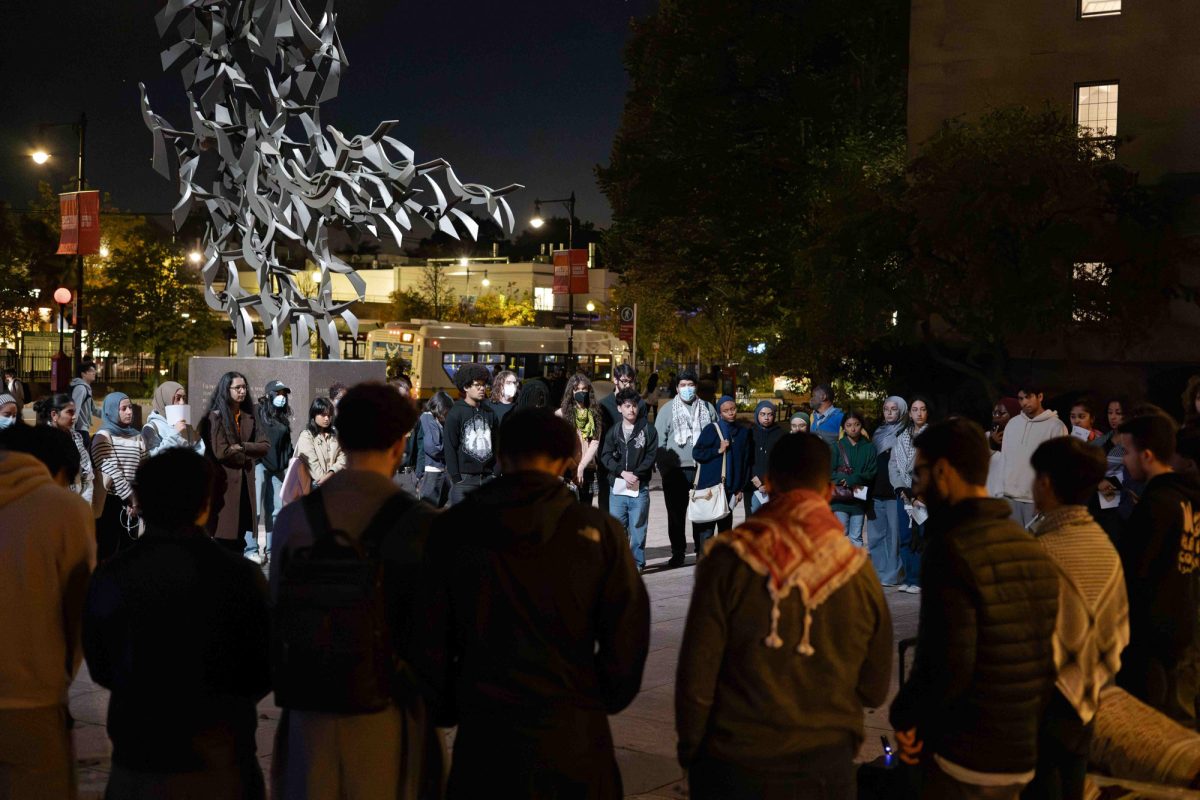








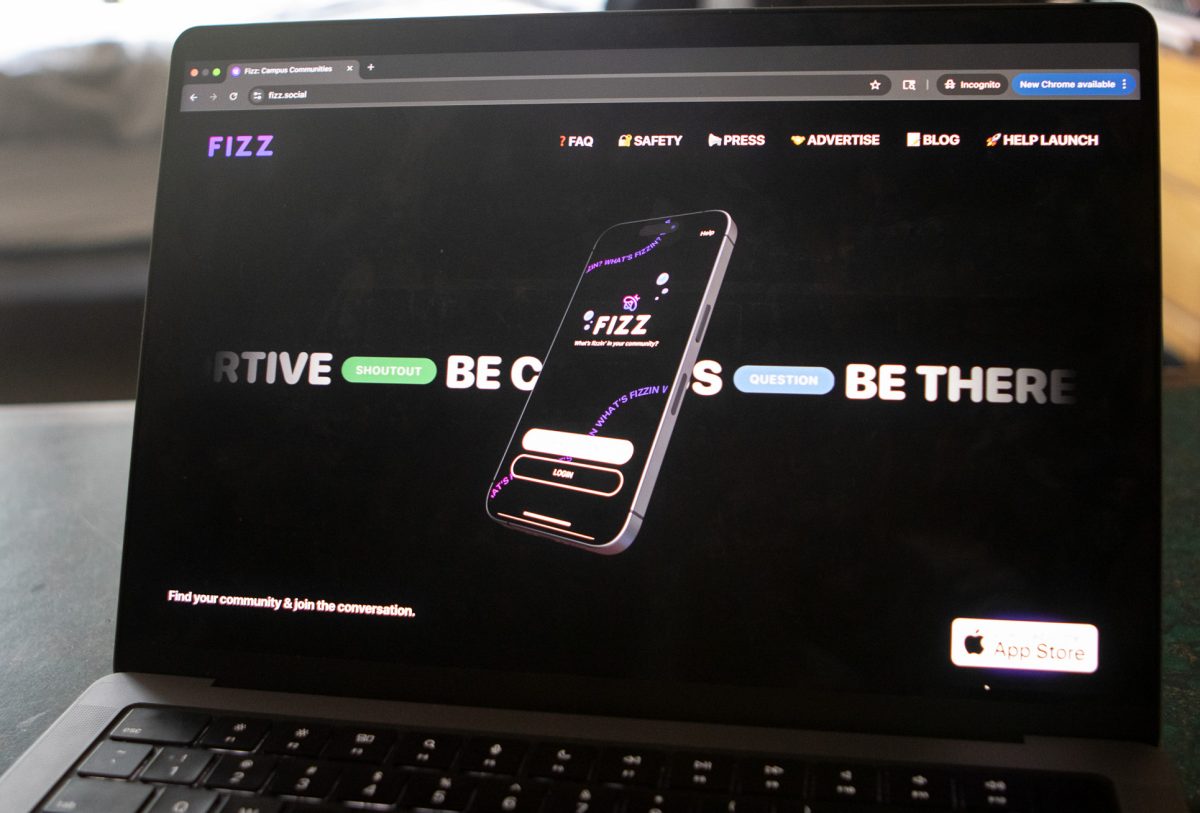






























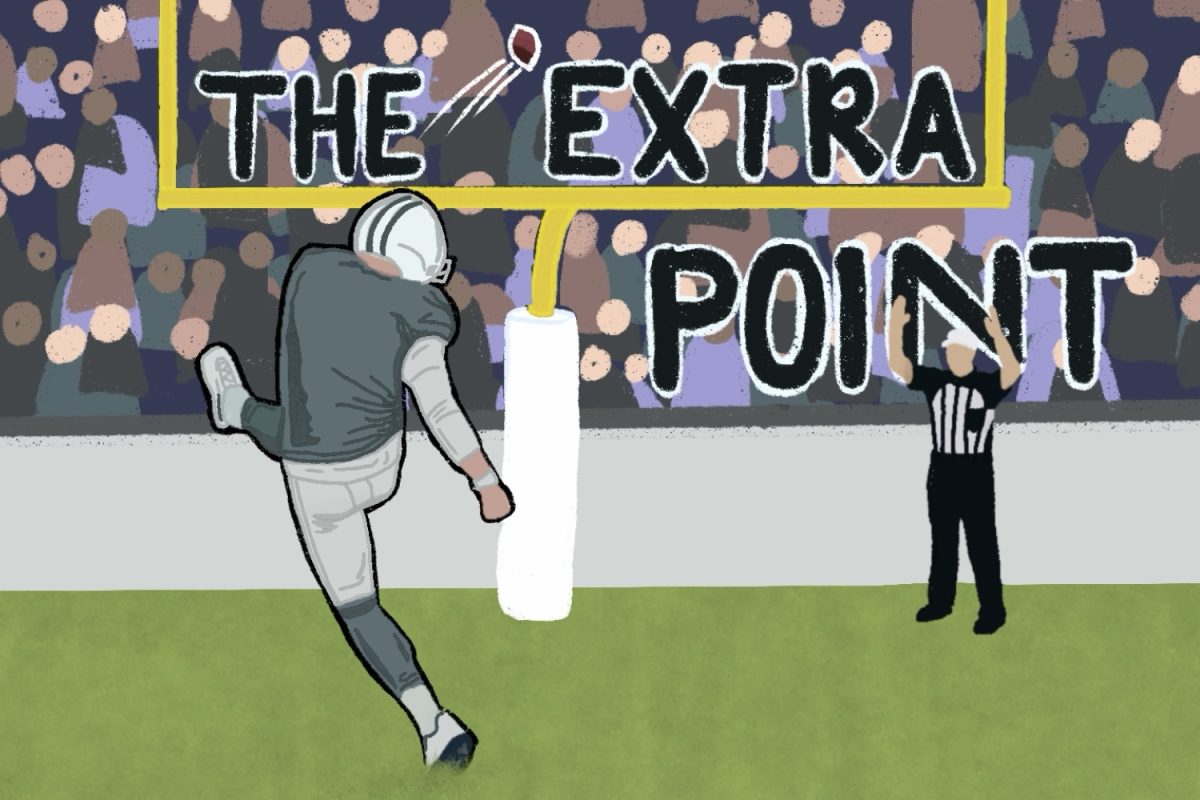















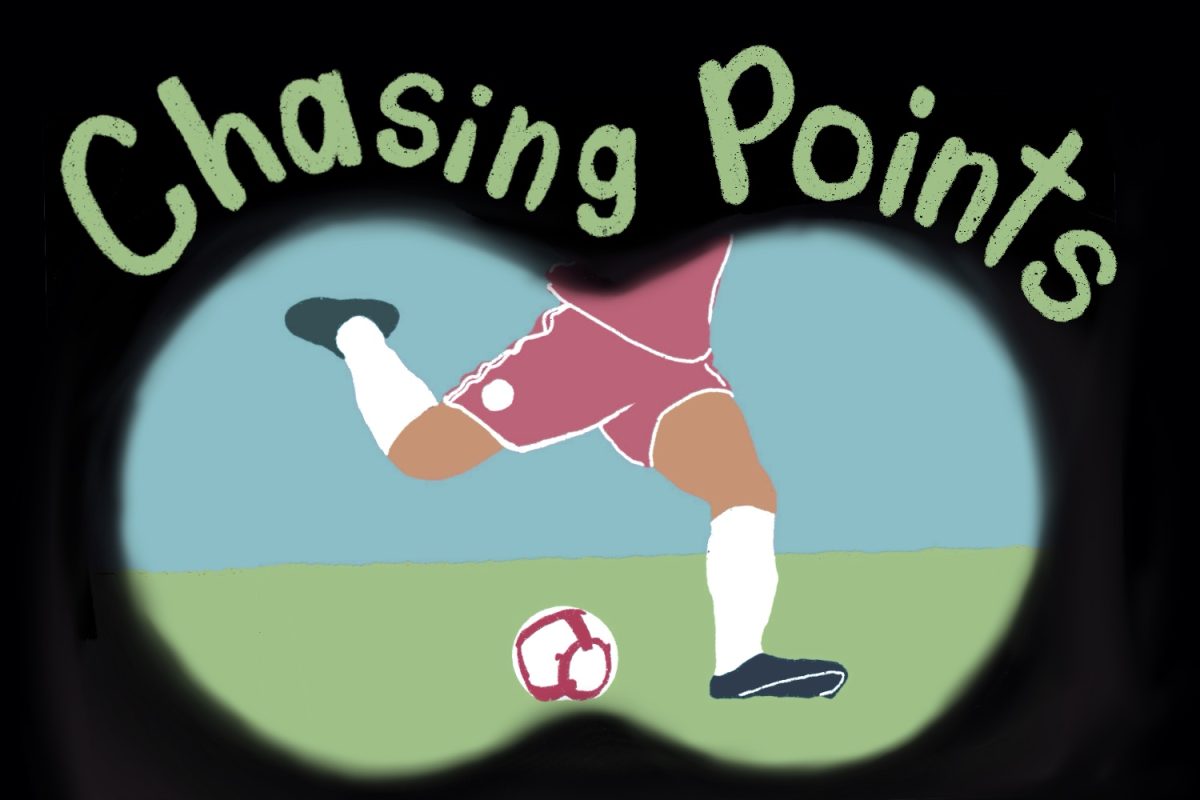

















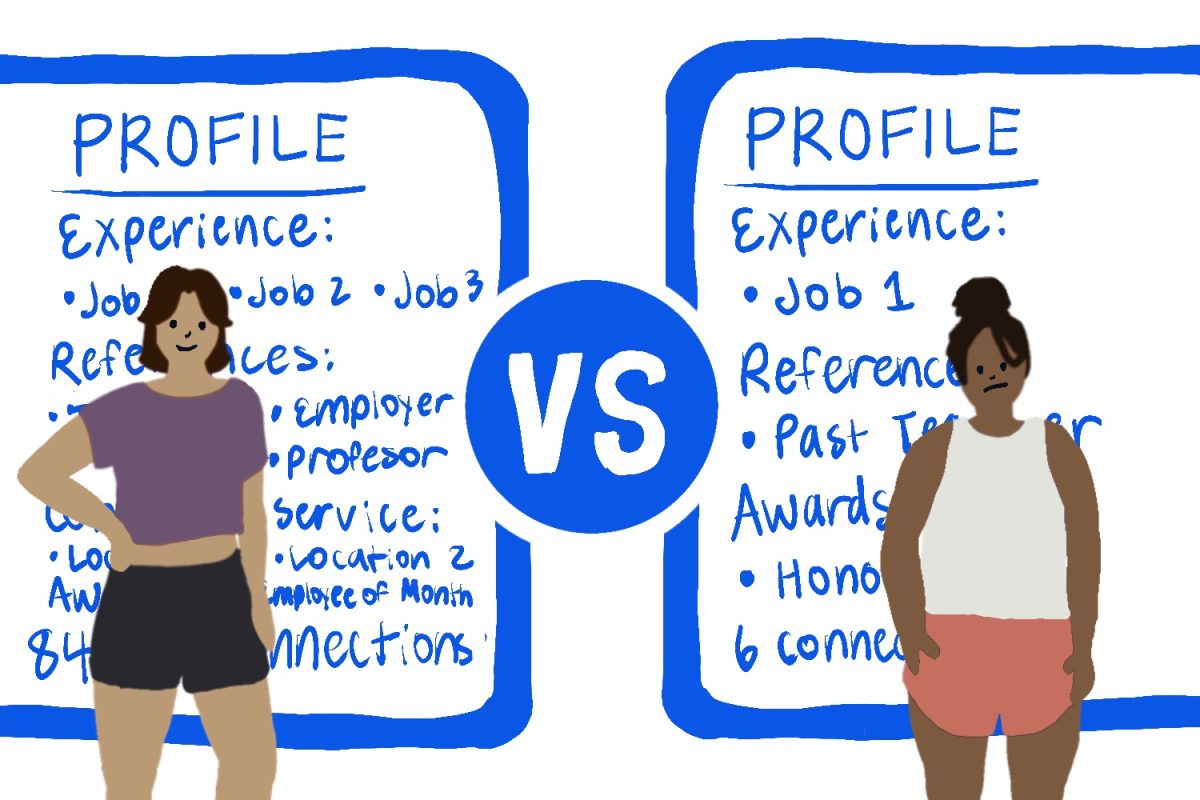





















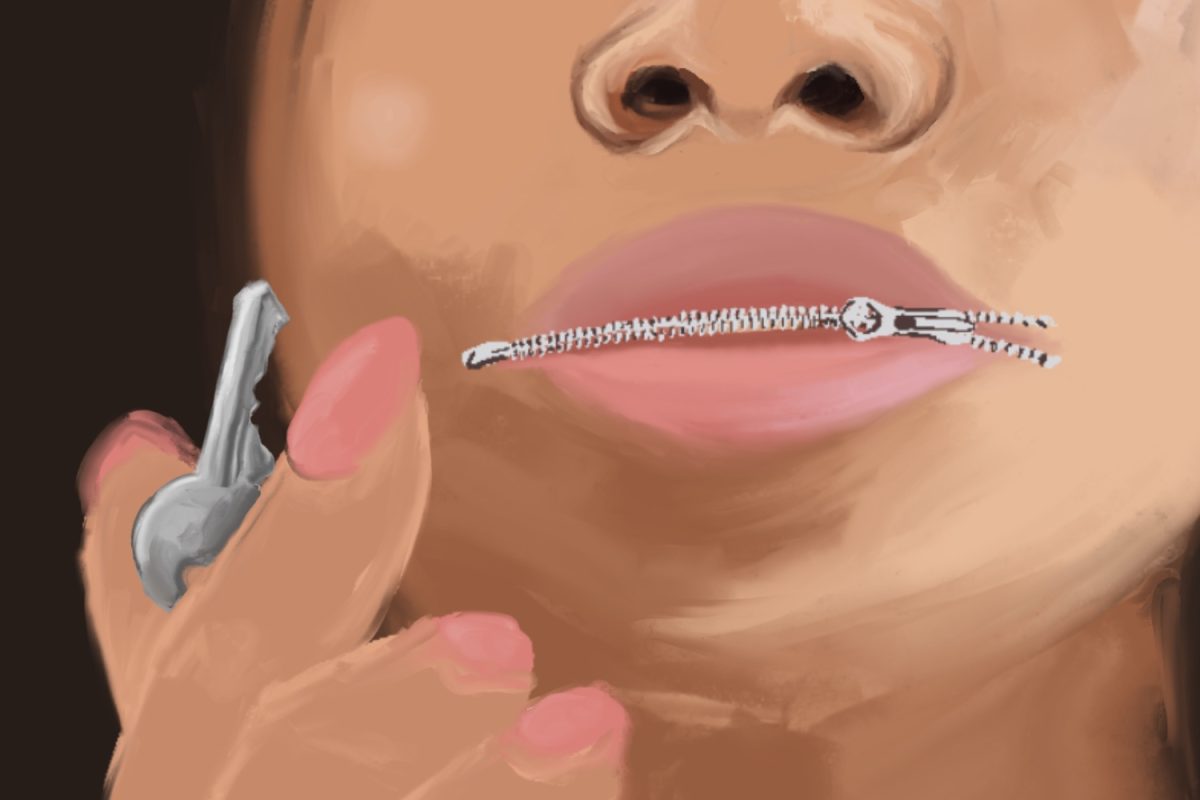





















Michael Milburn • Jan 25, 2018 at 11:15 am
Cannabis-impaired driving is talked about a lot these days. No one should drive impaired, but actual impairment should be measured, and the level of impairment from cannabis that is criminalized should be the same as the level of impairment for the .08 blood alcohol level. I have developed a new public health app that measures actual impairment–it is called DRUID (an acronym for “DRiving Under the Influence of Drugs”) available now in the App Store and in Google Play. DRUID measures reaction time, decision making, hand-eye coordination, time estimation and balance, and then statistically integrates hundreds of data points into an overall impairment score. DRUID takes just 2 minutes.
NORML of California is promoting DRUID on their website and is encouraging cannabis users to download it.
Our website is http://www.druidapp.com
DRUID allows cannabis users (or others who drink alcohol, use prescription drugs, etc.) to self-assess their own level of impairment and (hopefully) decide against driving if they are impaired. Prior to DRUID, there was no way for an individual to accurately assess their own level of impairment. DRUID also demonstrates that it is feasible to measure impairment reliably by the roadside, not just exposure to a drug. It could also be a way for cannabis users who have developed tolerance to show they are unimpaired.
DRUID was featured on NPR’s All Things Considered: http://www.npr.org/2017/01/25/511595978/can-sobriety-tests-weed-out-drivers-whove-smoked-too-much-weed
Also on television: http://sacramento.cbslocal.com/2017/02/28/science-lags-behind-marijuana-impairment-testing/
And this past December on Spokane Public Radio: http://nwpr.org/post/progress-made-marijuana-intoxication-measurement-tool-0
After obtaining my Ph.D. at Harvard, I have been a professor of psychology at UMass/Boston for the past 40 years, specializing in research methods, measurement and statistics.
Michael Milburn, Professor
Department of Psychology
UMass/Boston